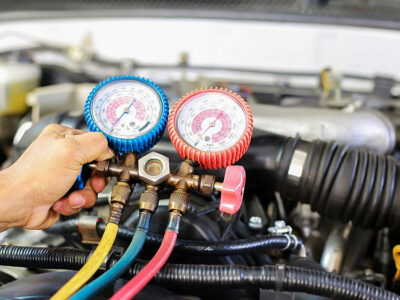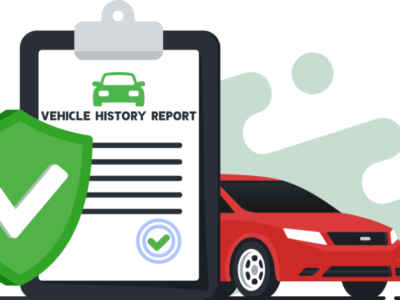
Some people change cars almost every year or wait until the warranty expires, while others may drive the same car for ten or more years. However, if you miss the moment, it will be hard to get good money for it. Car experts from the Indy Auto Man dealership have named the signs indicating that it is high time to sell the vehicle.
Engine and suspension problems
Sometimes, it is hard to find the best moment to change the car, but the increasing frequency of breakdowns means the delay may bring high costs. Problems with suspension, engine, gearbox, or steering are the most evident signs of car aging. During the operation of any power unit, its wear increases daily, and this happens for a certain time. When the engine gradually wears out, it is usually not noticeable, and the power plant continues to operate normally. However, when the parts and components of the motor begin to exhaust their service life, the wear increases rapidly, after which malfunctions appear in the power plant one by one. The first cues that indicate problems in the engine are extraneous noises, grinding and knocking, as well as increased consumption of engine oil and fuel. At the same time, the operating conditions may decrease the operating time of core car components. If the car is driven on bad roads, the suspension will fail much faster.
If you feel a decrease in traction, oil consumption has noticeably increased, or the exhaust has changed color – it’s high time to look for a new owner for your car. And you will have to attract buyers with a good discount. An engine overhaul can cost as much as half a car. Repairing the transmission or a diesel engine high-pressure fuel pump will cost a pretty penny.
Timely maintenance and diagnostics will help prevent costly repairs. Expert servicemen will tell you the degree of components wear and explain how long they will last.
Increased fuel consumption
Any changes in fuel consumption may indicate some engine malfunction. If the vehicle previously consumed no more than 9-10 liters per 60 miles, and then, for example, the consumption increased to 14-15 liters, it’s the sign to diagnose the engine systems. However, this is not a symptom in new cars or during operation in winter. In these cases, increased consumption is considered the norm, but only diagnostics at a service station can give a clear answer.
Rust on a body
A more noticeable sign that you shouldn’t delay selling your vehicle is the appearance of rust. The aesthetics aspect is the lesser problem that corrosion can cause. It’s much worse when rust damages not the outer surfaces but the power elements of the body: it loses strength, and in an accident, it can collapse like a house of cards, unable to protect the driver and passengers. The corrosion of hidden power elements is even more dangerous, as it is not so striking, and for the time being, the owner may not notice it.
Frequent breakdowns
Another signal is minor but frequent breakdowns in a car with fairly low mileage. Most likely, you initially bought a problematic vehicle, and now you should quickly get rid of it. For example, after replacing the oil pump, issues in the cooling system operation appear, sensors fail, etc.
Finally, and quite understandably, it is worth thinking about selling a car after several accidents. Numerous collisions may disrupt the original geometry, and restoring it is not that simple. A side damaged in an accident can accelerate tire wear and worsen directional stability. The car begins to pull to the side when driving in a straight line. In other words, the car loses its former safety. The most rational decision here is to sell it for any money without hiding the fact of the accident.










